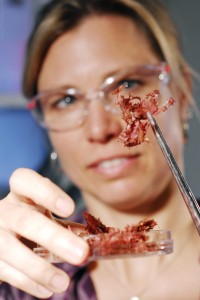University of Maryland scientists are working on a genetically-engineered fungus that would kill the malaria parasite.
The battle against malaria continues to challenge doctors, scientists, and public health officials. Now, a team of British and American scientists have developed a novel and promising approach to malaria control. [Read more…]


